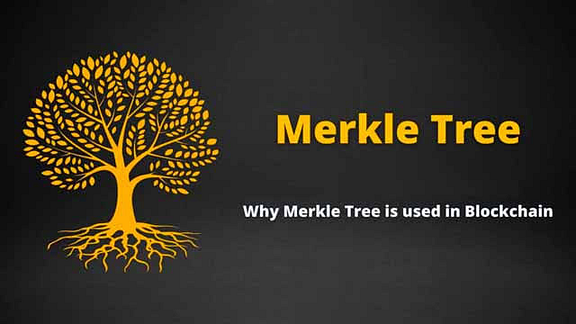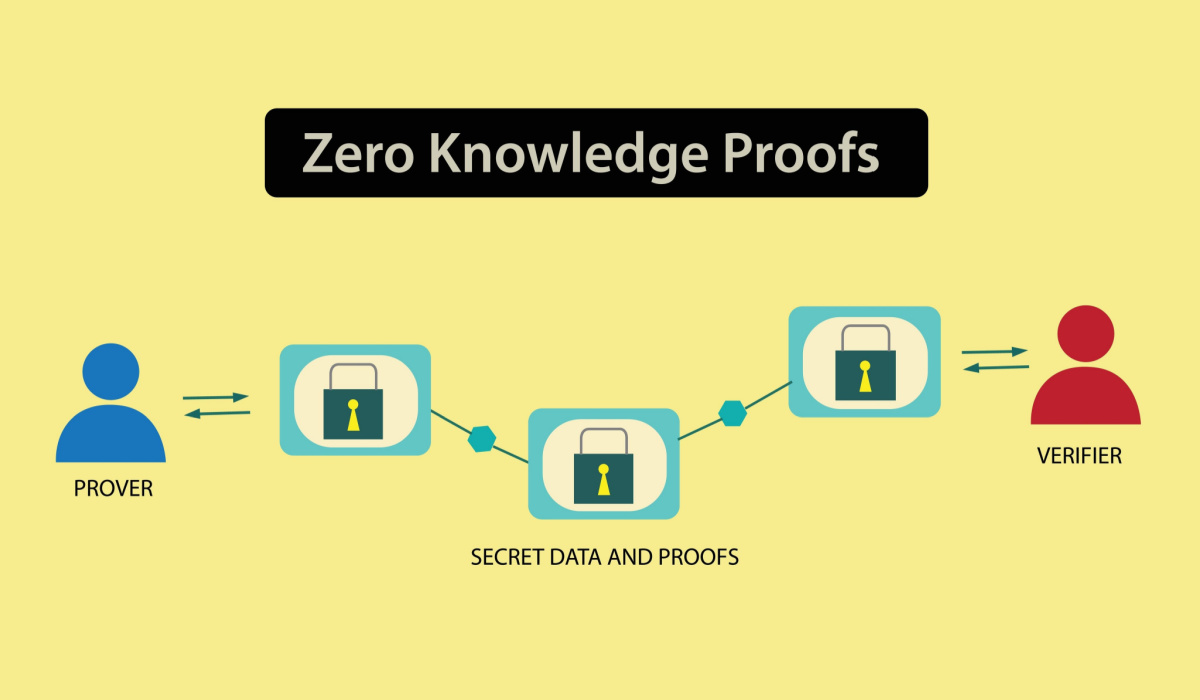Merkle Trees in Blockchain: Complete Details
What is a Merkle Tree?
A Merkle Tree is a type of binary tree used in computer science and cryptography to efficiently verify the integrity of data. Named after its inventor Ralph Merkle, the Merkle tree structure is widely used in blockchain systems to ensure data integrity, enable faster data verification, and facilitate secure data transmission. In the context of blockchain, a Merkle tree is particularly crucial for maintaining the immutability and security of data stored in blocks.
A Merkle tree organizes data in a hierarchical structure where each leaf node represents a hash of a block of data, and each non-leaf node represents a hash of its child nodes. This tree structure allows for efficient verification of data integrity by only needing a small portion of the data to verify the entire set.
How Merkle Trees Work
- Leaf Nodes (Data Blocks): Each leaf node in a Merkle tree contains the hash of a piece of data. In blockchain, this data is typically the transaction details contained in a block.
- Non-Leaf Nodes (Intermediate Nodes): These nodes contain the hash of the concatenation of their two child nodes. Essentially, each non-leaf node is the hash of two child hashes.
- Root Node (Merkle Root): The root node, also known as the Merkle Root, is the final hash of the entire tree and serves as a fingerprint of all the data within the tree. This root node is stored in the header of a blockchain block.
Structure of a Merkle Tree
- The Merkle tree starts with the leaf nodes, where each node represents a hash of a block of data (in the case of blockchain, each node could be a transaction in a block).
- These leaf nodes are paired up, and their hashes are combined to form a higher-level parent node.
- The process continues up the tree until a single root node, the Merkle Root, is reached.
For example, consider a block containing four transactions. The Merkle tree structure would look something like this:
Level 0: [Tx1] [Tx2] [Tx3] [Tx4] <- Transactions (Leaf Nodes)
Level 1: [Hash(Tx1, Tx2)] [Hash(Tx3, Tx4)] <- Parent Nodes
Level 2: [Hash(Hash(Tx1, Tx2), Hash(Tx3, Tx4))] <- Merkle Root
Here:
- Each transaction is hashed (Tx1, Tx2, Tx3, Tx4).
- Parent nodes are created by hashing pairs of transactions together.
- Finally, the Merkle Root is the hash of the two parent nodes, which serves as a summary of all transactions in the block.
Merkle Trees in Blockchain
In blockchain technology, Merkle trees are used to ensure the integrity and security of transaction data. The Merkle Root is stored in the block header and serves as a unique fingerprint for all the data (transactions) in that block. Any change in the block’s data will result in a completely different Merkle Root, signaling a potential tampering attempt.
Here’s how Merkle trees are beneficial in blockchain:
- Efficient Data Verification: In a blockchain network, verifying data integrity is crucial. Merkle trees allow for quick verification by only needing a few hashes from the tree, rather than the entire dataset. To verify a transaction in a block, a node only needs the Merkle path (a series of hashes from the transaction to the root) rather than the entire block.
- Scalability: As blockchain networks grow, the size of blocks and transactions can increase significantly. Merkle trees allow for an efficient way to store large amounts of data, reducing the need for nodes to store the full block data. Nodes only need to store and transmit the Merkle Root and a small set of hashes (the Merkle path).
- Immutability and Integrity: The Merkle root is highly sensitive to any changes in the data. A minor modification to a transaction (like changing the amount or recipient address) will change the hash of that transaction and, consequently, the Merkle Root. This feature is crucial in maintaining the immutability of the blockchain, as altering the Merkle root indicates tampering with the entire block’s data.
- Lightweight Clients: Merkle trees make it possible for lightweight clients (such as mobile wallets or IoT devices) to interact with the blockchain without downloading the entire blockchain. These clients can verify transactions using the Merkle path, which greatly reduces the amount of data they need to process and store.
Use Cases of Merkle Trees in Blockchain
- Bitcoin and Other Cryptocurrencies: In Bitcoin, the Merkle tree is used to organize the transactions in each block. The Merkle Root is included in the block header and ensures that the entire block of transactions has not been tampered with. This allows for a decentralized consensus and validation process without requiring nodes to store and transmit every transaction in full.
- Ethereum and Smart Contracts: Ethereum also uses Merkle trees to manage large datasets like smart contract states and transaction histories. Ethereum’s Merkle Patricia Trie is a more complex version of a Merkle tree that helps Ethereum maintain its state data in a more efficient manner.
- Layer 2 Solutions (e.g., Lightning Network): The Merkle tree structure is crucial for layer 2 scaling solutions such as the Lightning Network. These solutions use Merkle trees to group many small off-chain transactions into one on-chain transaction, significantly improving transaction speed and lowering fees.
- Merkle Trees in Tokenization: Merkle trees are also used in tokenized environments to organize and verify data integrity in tokenized assets. For instance, when tokenizing real-world assets like real estate, the Merkle tree can be used to organize ownership data in such a way that each transaction is verifiable while maintaining privacy.
Benefits of Merkle Trees
- Data Integrity: Merkle trees guarantee that data has not been altered, ensuring that every participant in the network is using the correct data.
- Efficient Verification: They allow for efficient verification of large sets of data without the need to download and process all the data. Just a small portion of the data (Merkle path) is enough to verify the authenticity of a transaction.
- Improved Scalability: Since only a small subset of data is needed to verify information, blockchain networks can handle a larger number of transactions without overloading the system.
- Security and Privacy: The cryptographic hashing mechanism employed in Merkle trees makes it difficult to tamper with the data. Even if someone tries to alter one part of the tree, it will change the root hash, which will be easily detectable by anyone verifying the blockchain.
Challenges of Merkle Trees
- Storage Overhead: Although Merkle trees reduce the amount of data needed to verify transactions, they still require additional storage compared to storing raw transaction data. Over time, this can add up, especially in large-scale systems with millions of transactions.
- Complexity: The structure and understanding of Merkle trees can be complex for beginners. Implementing them correctly requires a solid understanding of cryptography and data structures.
- Performance Limitations: While Merkle trees are efficient for certain operations, their performance can be limited when dealing with extremely large datasets. As blockchains scale, new methods might be needed to improve the efficiency of Merkle trees or to explore alternative structures.
Conclusion
Merkle Trees play a fundamental role in blockchain technology by ensuring data integrity, facilitating efficient verification processes, and enabling scalable systems. Their cryptographic properties make them essential for building trust and security in decentralized networks. As blockchain technology evolves, Merkle trees will continue to be a crucial tool for maintaining the immutability and verifiability of transactions, thereby enabling the continued growth and adoption of blockchain-based systems.
Whether in cryptocurrencies like Bitcoin, smart contracts on Ethereum, or emerging Layer 2 solutions, Merkle Trees are an integral part of ensuring that blockchain remains secure, scalable, and efficient.




